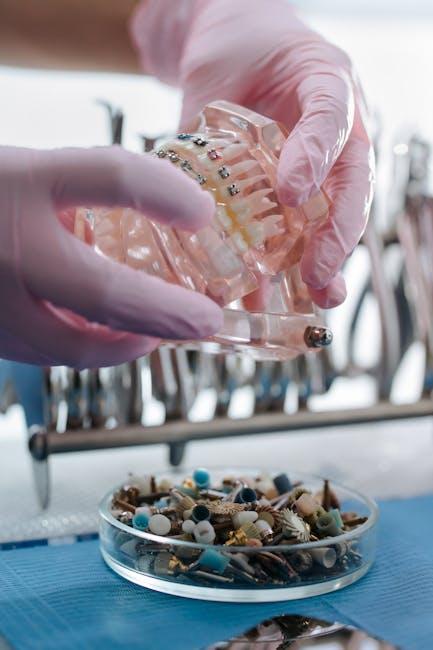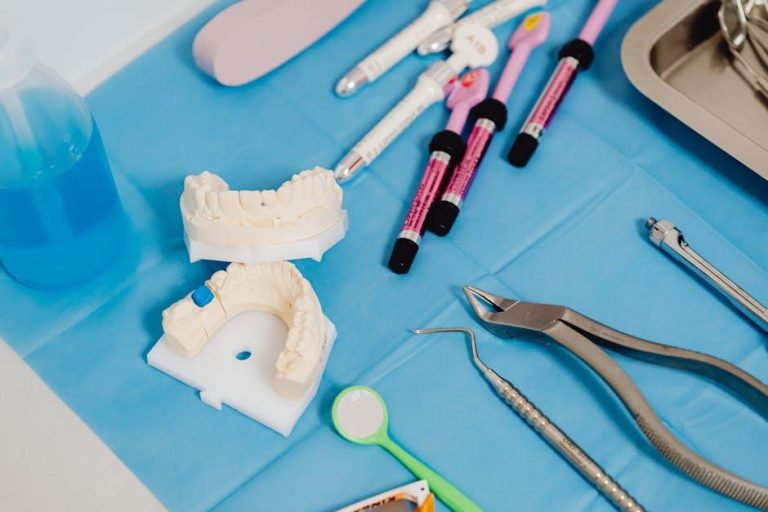
Disinfection of Dental Impressions: Knowledge and Practice Among Dental Technicians – ResearchGate Insight
Dental impressions play a vital role in prosthodontics, orthodontics, and restorative dentistry. However, these materials often carry the risk of cross-contamination between dental clinics and laboratories if not properly disinfected. The study on disinfection of dental impressions: knowledge and practice among dental technicians at ResearchGate reveals critical insights into current infection control practices and highlights gaps in awareness and implementation.
Understanding the Importance of Dental Impression Disinfection
Dental impressions frequently contact saliva, blood, and other oral secretions, making them a potential source of infection if handled improperly. Efficient disinfection is essential to:
- Prevent cross-contamination between dental clinics and labs.
- Protect dental technicians and staff from occupational exposure.
- Ensure patient safety throughout the treatment cycle.
- Comply with infection control regulations and industry standards.
Key Findings from the ResearchGate Study
The study surveyed dental technicians’ knowledge, attitudes, and practices related to the disinfection of dental impressions. Here are some of the significant takeaways:
| Aspect Evaluated | Findings |
|---|---|
| Knowledge of Disinfection Protocols | Only 55% of respondents were fully aware of current recommended guidelines. |
| Usage of Disinfectants | Approximately 70% used chemical disinfectants like glutaraldehyde or sodium hypochlorite properly. |
| Methods of Disinfection | Immersion was preferred over spraying, with 63% practicing immersion disinfection. |
| Duration of Disinfection | Variation in disinfection times was noted, with many technicians underestimating the necessary contact time. |
| Barriers to Proper Disinfection | Common issues included lack of training, inadequate resources, and time constraints. |
Types of Dental Impressions and Appropriate Disinfection Methods
Different impression materials require specific disinfection approaches to avoid distortion and ensure the integrity of impressions.
- Alginate Impressions: Ideal for immersion in disinfectant for 10 minutes; overexposure can cause swelling.
- Polyvinyl Siloxane (PVS): Resistant to most disinfectants and can be safely immersed or sprayed.
- Polysulfide: Requires careful immersion with minimal contact time to prevent dimensional changes.
- Zinc Oxide-Eugenol: Tolerates spraying better than immersion.
Best Practices for Dental Technicians
Implementing correct protocols ensures safety and optimizes workflow:
- Always Wear Personal Protective Equipment (PPE): Gloves, masks, and eye protection are essential.
- Disinfect Immediately: Impressions should be disinfected as soon as possible after removal from the patient’s mouth.
- Use Suitable Disinfectants: Use EPA-approved disinfectants compatible with impression materials.
- Follow Manufacturer Guidelines: Adhere to the disinfectant’s recommended contact time and dilution ratios.
- Document Processes: Maintain records of disinfection practices for quality control and auditing.
- Educate and Update Skills: Regular training based on current evidence and guidelines.
Practical Tips for Improving Disinfection Protocols
- Implement a double-check system for verifying disinfection completion.
- Label disinfected impressions clearly to prevent mix-ups.
- Use dedicated disinfectant trays for immersion to avoid chemical contamination.
- Periodically review infection control policies in team meetings.
Benefits of Proper Disinfection in Dental Labs
Ensuring rigorous disinfection of impressions offers multiple advantages beyond basic hygiene:
- Reduced Risk of Infection: Decreases occupational hazards and cross-infection risks in dental settings.
- Enhanced Professional Reputation: Demonstrates commitment to patient and worker safety protocols.
- Improved Accuracy: Properly disinfected impressions maintain dimensional stability for precise prosthesis fabrication.
- Legal Compliance: Aligns with health regulations, reducing liability risks.
Case Study: Successful Implementation of Disinfection Protocols
A mid-sized dental laboratory adopted strict disinfection protocols after reviewing ResearchGate’s study findings. Key outcomes after 6 months included:
| Metric | Before Protocol | After Protocol |
|---|---|---|
| Technician Knowledge Scores | 58% | 90% |
| Proper Disinfection Compliance | 62% | 98% |
| Cross-Contamination Incidents | 7 Cases/yr | 0 Cases |
This showcases how education and strict adherence to disinfection procedures can drastically improve safety outcomes.
Conclusion: Elevating Dental Impression Disinfection Standards
The ResearchGate study on the disinfection of dental impressions emphasizes a significant gap in knowledge and consistent practice among dental technicians globally. Understanding and applying robust disinfection protocols is fundamental for infection control, safeguarding dental professionals, and ensuring patient safety. By incorporating training, regular audits, and updated guidelines, dental labs can eliminate contamination risks while enhancing the reliability and quality of their prosthodontic work.
For dental technicians and laboratory managers seeking to improve their disinfection protocols, staying informed through credible research, such as that available on ResearchGate.net, is an excellent starting point. Remember, proper disinfection is not just a procedure – it’s a commitment to excellence in dental care.


